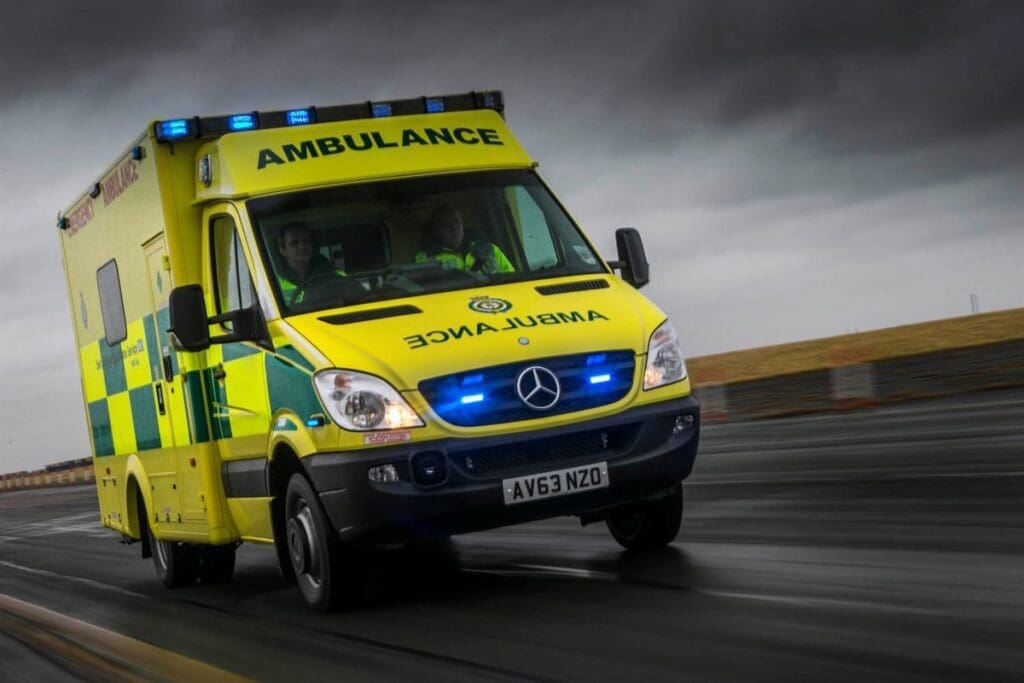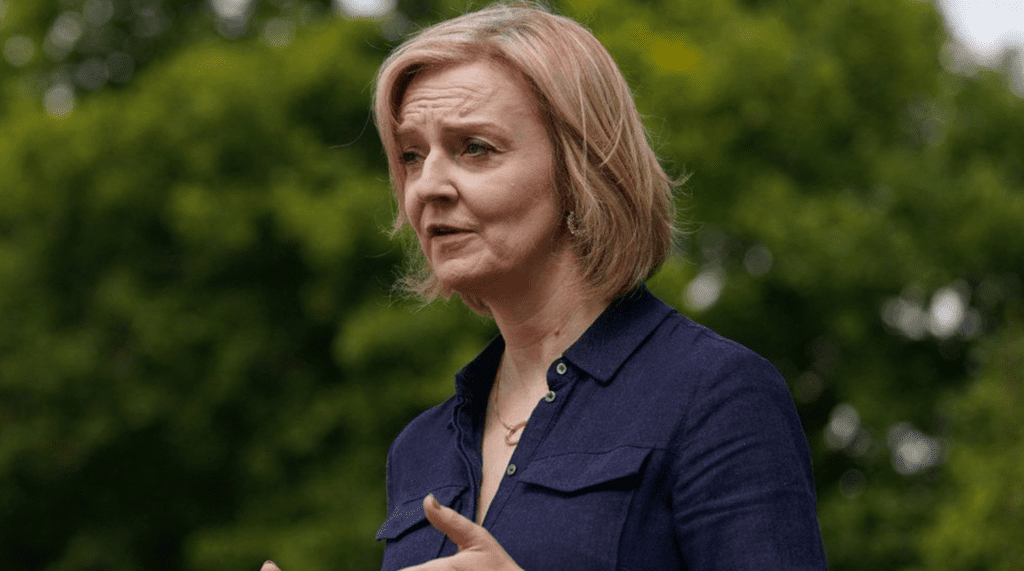

How Many Lives Did the Vaccines Save and How Many Did They End?
Now that the vaccinated are dying with Covid at a rate similar to the unvaccinated (probably because almost everyone has now been infected, so the vaccinated no longer gain much advantage from their vaccination) we can make an estimate as to how many lives the vaccines may have saved and so make a risk-benefit comparison with how many may have died from vaccine injury.
A recent study in the Lancet claimed that in the U.K. Covid vaccines saved between 395,000 and 1.1 million lives up to the end of 2021. But this estimate makes no sense. Up to the end of 2021 the official Covid death toll stood at 149,000, of which 74,000 occurred in 2020 before the vaccines were rolled out, and 127,000 occurred before March 2021, when few were fully vaccinated. Some might claim the winter 2020-21 wave would have been worse but for the vaccines, but in fact the U.K.’s winter wave was no better than in other countries where vaccination occurred later. It stretches credulity to breaking point to suppose that on top of the 22,000-75,000 Covid deaths post-vaccine rollout (depending when you start the clock) there were between 395,000 and 1.1 million deaths that were averted, particularly when in the prior 12 months without vaccines there were only between 74,000 and 127,000 Covid deaths.
Between the vaccine rollout and the end of 2021 there was one just main wave of Covid deaths: the Delta wave, during which around 22,000 U.K. Covid deaths were recorded. How many more would have died without the vaccines in this wave?
Using the deaths data from the UKHSA for September 2021 and the infection rate data from the ONS we can calculate an estimate of the infection fatality rate among the unvaccinated during the Delta wave. This gives: 0.1% for those in their 40s, 0.7% for those in their 50s, 1.3% for those in their 60s, 4.3% for those in their 70s and 11.1% for those over 80. This assumes that the ONS doesn’t overestimate infections (if it does, the IFR should be proportionally increased) and the UKHSA doesn’t overestimate deaths (if it does, the IFR should be proportionally decreased; note that during the Delta wave ONS figures showed deaths due to Covid were about 85% of those with Covid). It also assumes that the infection rate in the vaccinated and unvaccinated is about the same, which the UKHSA data from the time suggest was indeed the case (it was higher in the vaccinated later in the Delta wave but lower earlier on).
These estimates of the IFR for the unvaccinated during Delta are very close to those found in a study from December 2020, which for the original waves in Europe and the U.S. found an IFR of 0.4% for 55 year-olds, 1.4% for 65 year-olds, 4.6% for 75 year-olds and 15% for 85 year-olds. This suggests our estimates may be about right. (If they are right it also suggests Delta was not any more deadly than earlier variants, contrary to claims often made about it.)
What about the IFR for the vaccinated during the Delta wave? Using the same UKHSA and ONS data (and making the same assumptions), these are 0.02% for those in their 40s, 0.12% for those in their 50s, 0.34% for those in their 60s, 1.2% for those in their 70s and 3.9% for those over 80. This is using figures from September for all vaccinated with at least one dose.
By dividing the IFR in the vaccinated by the IFR in the unvaccinated we can get an estimate of real-world vaccine effectiveness against death during the Delta wave, which is 79% for those in their 40s, 83% for those in their 50s, 74% for those in their 60s, 72% for those in their 70s and 65% for those over 80. These figures are summarised in the table below.


Since the majority of Covid deaths are in those over 80 and 98% are in those over 60, we will summarise these data as reducing deaths by about 67% in the vaccinated. In September 2021 around 8% of those over 60 were vaccinated and 92% were unvaccinated. From this we can calculate (22,000/[0.08+0.92*0.33]) that without vaccines there would have been around 57,000 Covid deaths during the Delta wave, meaning the vaccines saved around 35,000 lives during the Delta wave. So not 395,000-1.1 million, but 11-31 times less than that.
To this total we should add those saved during the initial Omicron waves, before near-universal natural immunity rendered the vaccines largely obsolete. Around 17,000 died with Covid between January and March 2022, but with Omicron around 40% are deaths with-but-not-of Covid, so this figure should be more like 10,000. UKHSA data from the time indicated the vaccines started January about 80% effective against death but declined towards 50% as spring approached. If we assume that overall they reduced deaths in the vaccinated by around 70%, and with 95% now vaccinated, we can calculate (10,000/[0.05+0.95*0.3]) there would have been around 30,000 deaths without vaccines, meaning they saved around 20,000 during the early Omicron waves, giving a grand total of 55,000 lives saved.
What about the other side of ledger – how many were fatally injured by the vaccine programme? Dr. Theo Schetters in the Netherlands has estimated that the vaccine fatality rate may be around one in 800 in the over-60s, a figure that is similar to those obtained from analysis of the U.K. and Denmark. In the U.K. around 50 million doses have been delivered to over-60s, which gives around 62,500 deaths. This is slightly higher than the number estimated to have been saved.
Some of these estimates and assumptions may be a little off in either direction, so not too much weight should be put on the exact figures. The important point is that the number of lives estimated to be saved by the vaccines is around the same as the number estimated to be lost to them or slightly lower – a conclusion which is consistent with the findings of Professor Christine Stabell-Benn, who analysed the all-cause death data from the mRNA vaccine trials and found a similar number of deaths in the vaccine and control arms.
We should also note that the longer term impact of the vaccines is still unknown.
It is looking very much like the vaccine programme failed to save any lives overall and was a very costly mistake.







